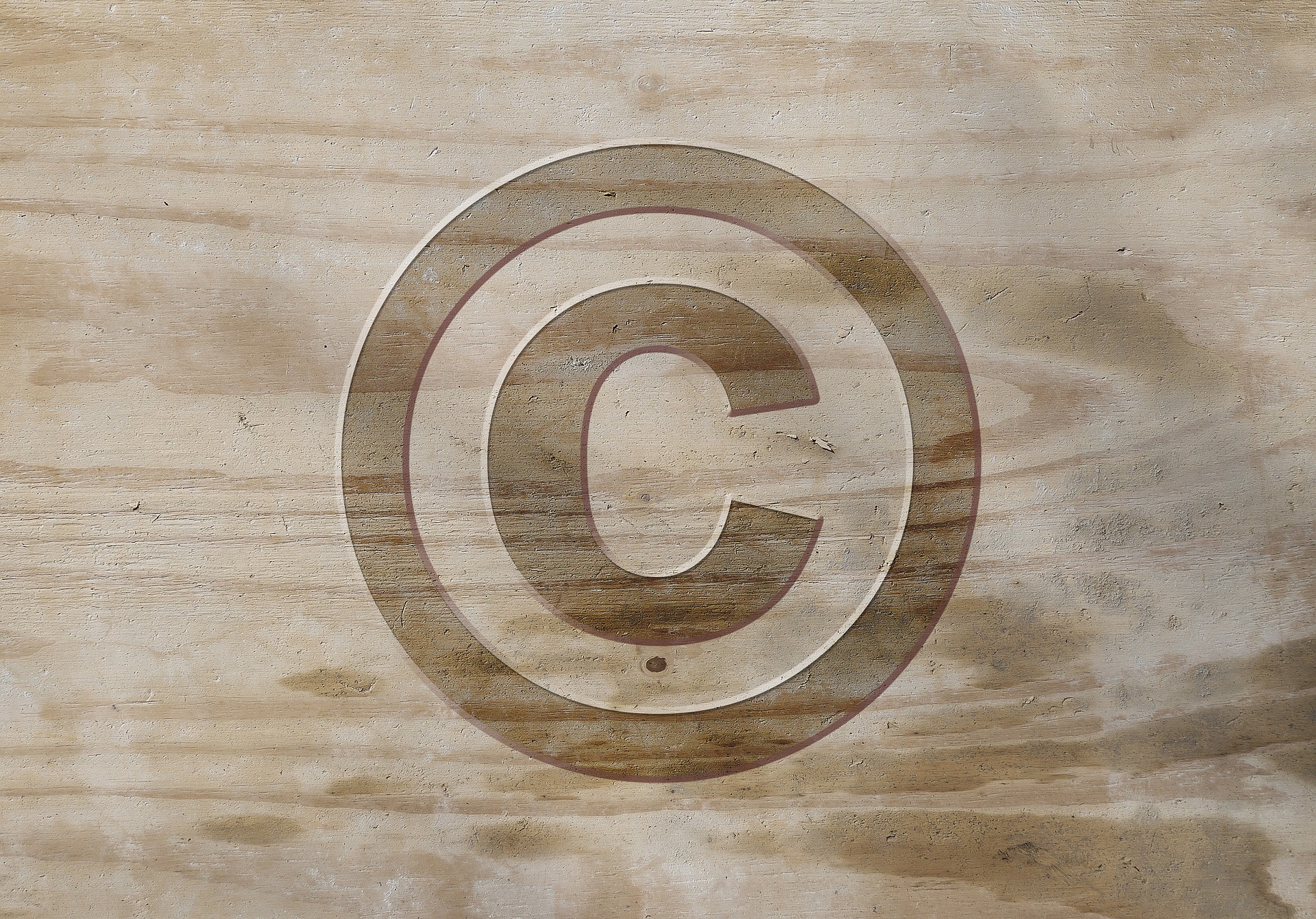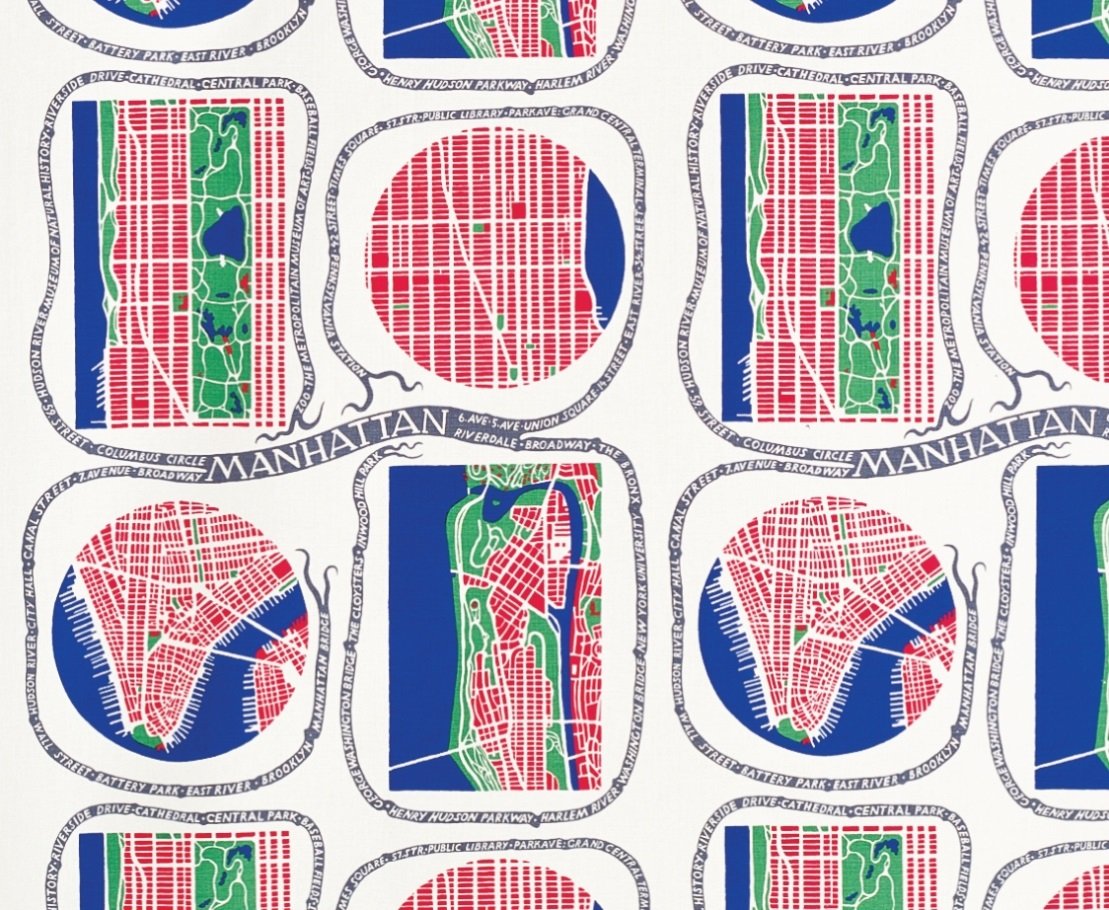GI protection against evocation: a broad protection similar to reputed European trademark protection?

Images and evocation
To provide an example of a recent case of evocation, the question arose in case Manchego (C-614/17) whether an image (that of the famous fictional character Don Quixote from La Mancha, a bony horse, a landscape with windmills - a typical feature of the landscape of La Mancha - and sheep) could evoke a cheese from La Mancha, Queso Manchego.
The case ended up before the CJEU, which held that a figurative sign can evoke in the mind of the consumer a product whose designation is protected. It further specified that producers whose products do not comply with existing GI specifications coming from the same geographical area are not excluded from the scope of evocation (the three contested cheeses also came from La Mancha). The case was then sent back to the Spanish Supreme court, which held that the figurative signs at issue evoked the GI.
This ruling has considerably broadened the scope of evocation. While Article 13 of Regulation 1151/2012 only specifies that GIs (Registered names) shall be protected against any evocation, it follows from the Manchego case (C-614/17) that evocation refers to a situation where a term, but also a sign, or other labelling or packaging device, presents a clear and direct link with a product covered by the registered GI in the mind of the consumer. Further, the fact that a product whose sign is contested comes from the same geographical area as a GI product is not relevant in assessing evocation. Following the Champanillo case, the interpretation of evocation is even broader: evocation extends vis-à-vis conduct in respect of both similar or dissimilar products and services.
Rationale of GI protection
The question arises as to whether the current interpretation of evocation is still in line with the rationales and object of GI protection. Specifically, under the current legal framework, any reference to a geographical area by a producer whose products do not comply with existing GI specifications but come from the same geographical area, may constitute an evocation. The practical consequence is that some producers cannot indicate the true origin of their products to consumers. For example, if “Peruvian Coffee” is a registered GI, all coffees with specific characteristics and produced in Peru following specific steps can be sold under that name. If another Peruvian producer starts producing a coffee (in Peru) and selling it, this producer will not be able to make any reference that can evoke the product “Peruvian Coffee” (e.g., specifying “Coffee from Peru” on the labelling). As a result, the other producer is unable to indicate to consumers the origin of the coffee.
In addition, if an image can evoke a GI, the question may also arise as to whether a product’s shape can evoke a GI: two comparable cheeses with different origins can have the same shape (case C-490/19, Morbier). The CJEU did not answer this question, but Regulation 1151/2012 clearly states that Registered names shall be protected. Therefore, GI protection is theoretically limited to a product’s name, and accepting that a product’s shape can evoke a GI would in practice protect the appearance of GI products.
Reputed European trademark
Looking at reputed European trademarks, GI protection against evocation does not greatly differ from the protection afforded to those. More factors must be considered in the assessment of infringement in a reputed European trademark case, but this does not necessarily make it more difficult to obtain protection. For example, the Manchego ruling could apply in reputed trademark cases: also an image can call to mind a reputed European word trademark and hence infringe it.
An important difference between the two schemes lies in an exception. Contrary to GI law, a trademark owner cannot prohibit a third party from using an indication which concerns the geographical origin of a good or service, even if this indication is a registered trademark (Article 14(b) of Regulation 2017/1001). Therefore, if “Peruvian Coffee” was a registered trademark, the trademark’s owner would be unable to prohibit third parties from using a term such as “Coffee from Peru” to indicate the origin of their products. The introduction of this exception in GI law could help overcome some producers’ impossibility to indicate to consumers the origin of their products, and future GI cases on evocation or new GI Regulations might be a good opportunity to do so.
| Written by IPKM alumnus Arnaud Detry 2021-22. This blog is based on the research done for the master thesis: “GI protection against evocation in the EU - Assessment of the CJEU’s interpretation and comparison with reputed European trademark protection” |
Other blogs:
Also read
-
Content creators, exercising their freedom of expression, may use trade marks in their content in a way that might damage the interests of trade mark proprietors (e.g. use of Nike shoes in a porn movie). How does EU trade mark law address these different interests?
-
The European Patent Convention defines subject-matter that is not eligible for patent protection, such as methods for doing business. However, when implemented by a computer, non-eligible subject matter becomes eligible for patent protection. Is this desirable?
-
EU trade mark law excludes certain signs from becoming registered trade marks. In particular, shapes cannot be registered if they are necessary for achieving a technical result. In 2015, the amended Regulation broadened this exclusion to ‘another characteristics'. But what is now covered exactly?


